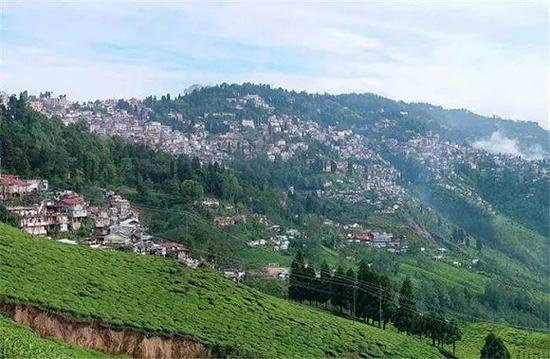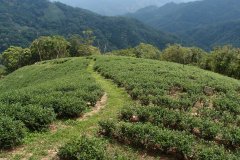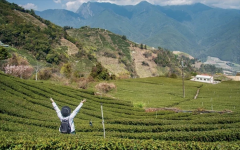The price of Indian tea is expected to rise due to the drought epidemic.
In addition to commodities, the prices of other commodities also continue to rise. India, the world's second-largest tea producer, is facing the threat of falling production and stagnant tea production, threatening to push up tea prices again, hit by severe drought and worsening epidemics.
The epidemic in India continues to heat up, and foreign media reported that as the Indian government tried to prevent the epidemic from spreading to 800 tea-producing areas across the country, the Indian Tea Association said that at least 90 tea gardens in Assam, an important tea-producing region, had reported confirmed cases and there were many declared closed areas. Tea farmers warn that failure to control the epidemic could hit the tea harvest season and push up prices.

Assam and West Bengal are important producing areas of Darjeeling black tea, both of which have reported a surge in the number of cases of COVID-19, and experts say local elections held in these two regions have contributed to the spread of the epidemic. Labor groups blame the sharp increase in diagnoses on the narrow working environment in the tea garden.
Falling production pushed Indian tea prices to record highs last year, giving Kenya and Sri Lanka a competitive advantage in the tea export market. Idoniboye, an analyst at Mintec, a commodity data company, said the recent blow to India's tea-producing areas would give tea-producing countries such as Sri Lanka an opportunity to sell more tea to big tea consumers such as Russia.
Severe drought is threatening tea growth in Assam and northeastern India. Tea trader Reese said tea production in North India in March was 47 million kg, higher than last year, but still lower than the 60 million kg harvest in March 2019, the year before the outbreak. According to Mintec, tea sold at auction in Calcutta, India, for 287.5 rupees a kilogram in April, up more than 40 per cent from a month ago.
- Prev

The number and species of spiders in tea gardens with beneficial organic farming are more than those used to do.
Spiders are the natural enemies of tea pests such as "tea horn blind Toona sinensis". The ecology of spiders in tea garden is rich, which is helpful to eliminate tea pests, and it is also an important index of biodiversity in tea garden. The endemic Biology Research and Conservation Center of the Council of Agriculture has been in Yuchi Township and Xinbei, Nantou County in the past two years.
- Next

The "Forest Tea Garden" at an altitude of 2000 meters above sea level is the most satisfying for tasting tea on a high mountain tea table.
Driving to Lishan is an excruciating task, starting from the foot of Ilan Mountain in endless twists and turns, in a state of dizziness and discomfort for 3 hours, and even after arriving in the downtown area of Lishan, you have to drive to the Xinjiayang tribe again to arrive, and all this is dizzy.
Related
- The first cup of black tea in spring, the flavor and history of tea gardens in Kenya, Africa
- The computer can not only choose potatoes, but also grow tea rice. AI will grow winter oolong tea champion.
- It is not only the inflated tea bitten by insects, but also engraved with the four seasons tea in Beipu.
- The Oriental Beauty Tea Festival in Zhuxian County takes the stage at the weekend to experience the plus-size feast of oil tea.
- & quot; Oriental Beauty Tea & Exploration of Emei in Hsinchu, the hometown of quot;
- The new variety of strawberry "Tainong 1" dessert is the first choice with mellow aroma. Crimson gorgeous
- History of Tea in Taiwan: from Wild Inner Mountain to Export Tea Garden
- Two types of Taiwan Oriental Beauty Black Tea won the British three-Star Award for Childhood Tea Xiang Zhang Jiaqi changed from pilot to champion tea maker.
- Banana species and varieties: the planting history of Taiwan Xianren banana and dwarf banana is long, is banana disease resistant?
- Coffee planting Technology: Qianjie Coffee from Seedling to harvesting

